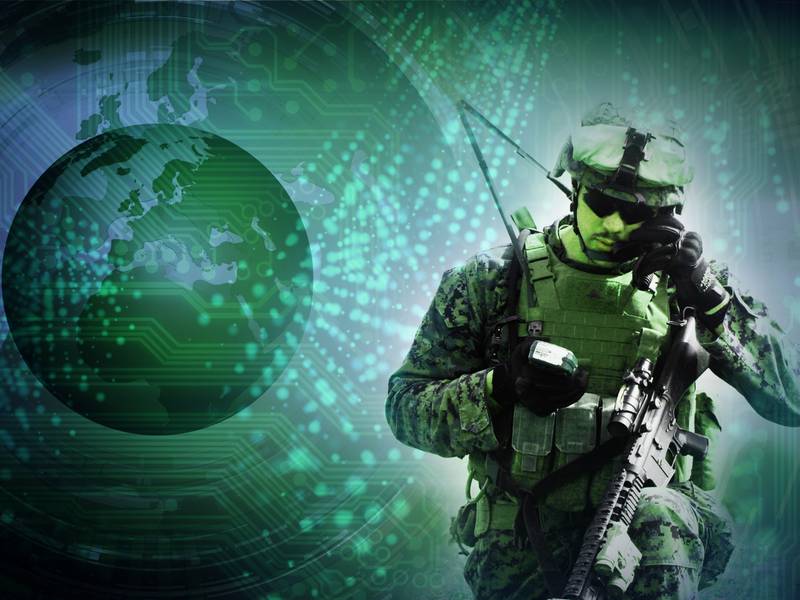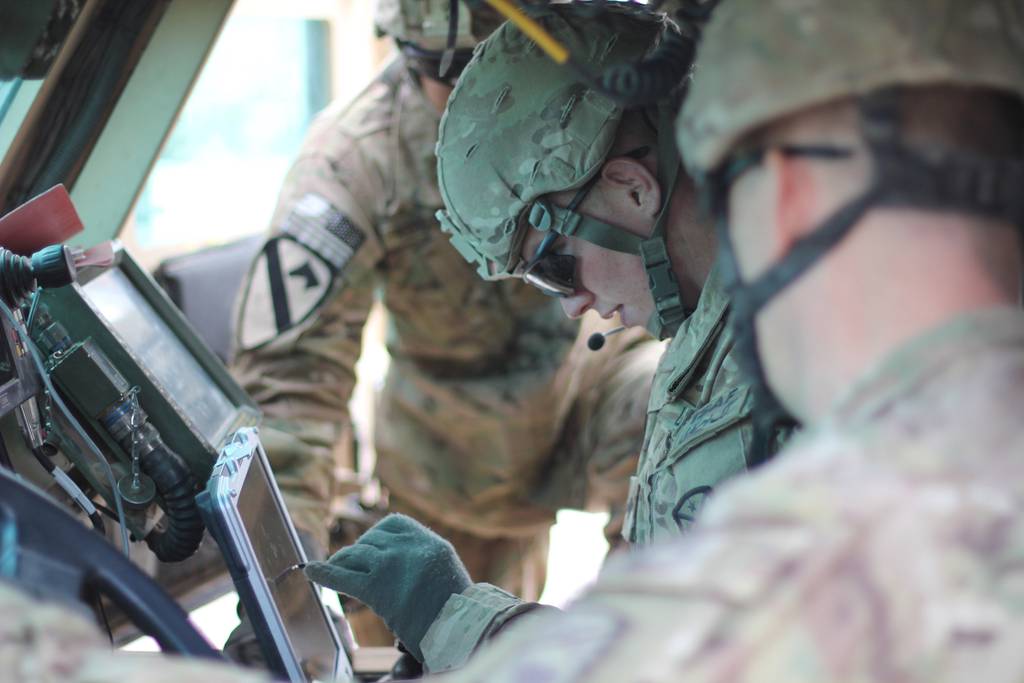The U.S. Army is overhauling how it develops and adopts software, the lifeblood of high-tech weaponry, vehicles and battlefield information-sharing.
The service on March 9 rolled out a policy, dubbed Enabling Modern Software Development and Acquisition Practices, enshrining the revisions. Officials said the measure brings them closer to private-sector expectations, making business simpler and more inclusive.
“We thought this was important to do this now, and issue this policy now, because of how critical software is to the fight right now,†Margaret Boatner, the deputy assistant secretary of the Army for strategy and acquisition reform, told reporters at the Pentagon. “More than ever before, software is actually a national-security imperative.â€
Consequences of the policy include: changing the way requirements are written, favoring high-level needs statements and concision over hyper-specific directions; employing alternative acquisition and contracting strategies; reducing duplicative tests and streamlining cybersecurity processes; embracing a sustainment model that recognizes programs can and should be updated; and establishing expert cohorts, such as the prospective Digital Capabilities Contracting Center of Excellence at Aberdeen Proving Ground, Maryland.
While the policy is effective immediately, the different reforms will take different amounts of time to be realized. The contacting center, for example, has several months to get up and running. No additional appropriations are needed to make the transitions, according to Boatner.
RELATED

“All of our weapons systems, our missiles, our radars, our helicopters, our tanks? They run on software,†she said. “The ability to rapidly develop and upgrade and enhance these capabilities is critical to ensure that we can maintain that competitive overmatch over our adversaries.â€
U.S. competition with Russia and China — world powers considered top-tier national security threats — is increasingly digital. A ballooning demand for seamless connectivity, lightning-quick decision making and advanced robotics has propelled software into the spotlight.
Chief Information Officer Leonel Garciga said the new directive puts the Army in a more-dynamic posture.
“As our partners were coming in to compete on work inside the Army, we were almost holding ourselves back by not having some of this stuff in place and missing out on some opportunities,†he told reporters. “This is kind of edging into the second phase of our digital transformation as a service.â€
The Army considers digital transformation, or the phasing in of new technologies and virtual practices, vital to its larger modernization goals. Previous budget blueprints featured billions of dollars for cyber and information technology.
Colin Demarest was a reporter at C4ISRNET, where he covered military networks, cyber and IT. Colin had previously covered the Department of Energy and its National Nuclear Security Administration — namely Cold War cleanup and nuclear weapons development — for a daily newspaper in South Carolina. Colin is also an award-winning photographer.








